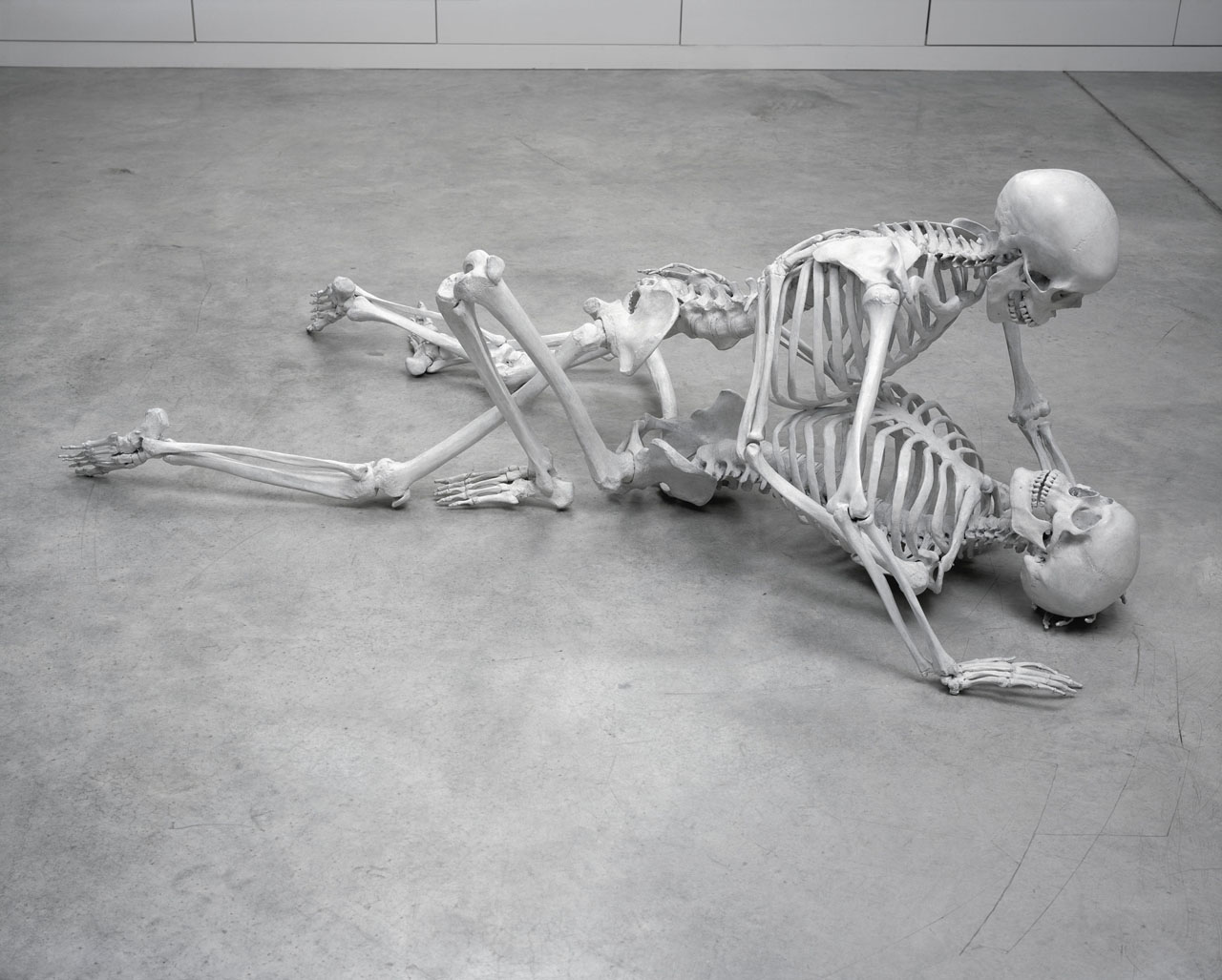
Foundation
Marc Quinn
October 5 → January 6, 2008
Gathering over forty recent works, DHC/ART’s inaugural exhibition by conceptual artist Marc Quinn is the largest ever mounted in North America and the artist’s first solo show in Canada
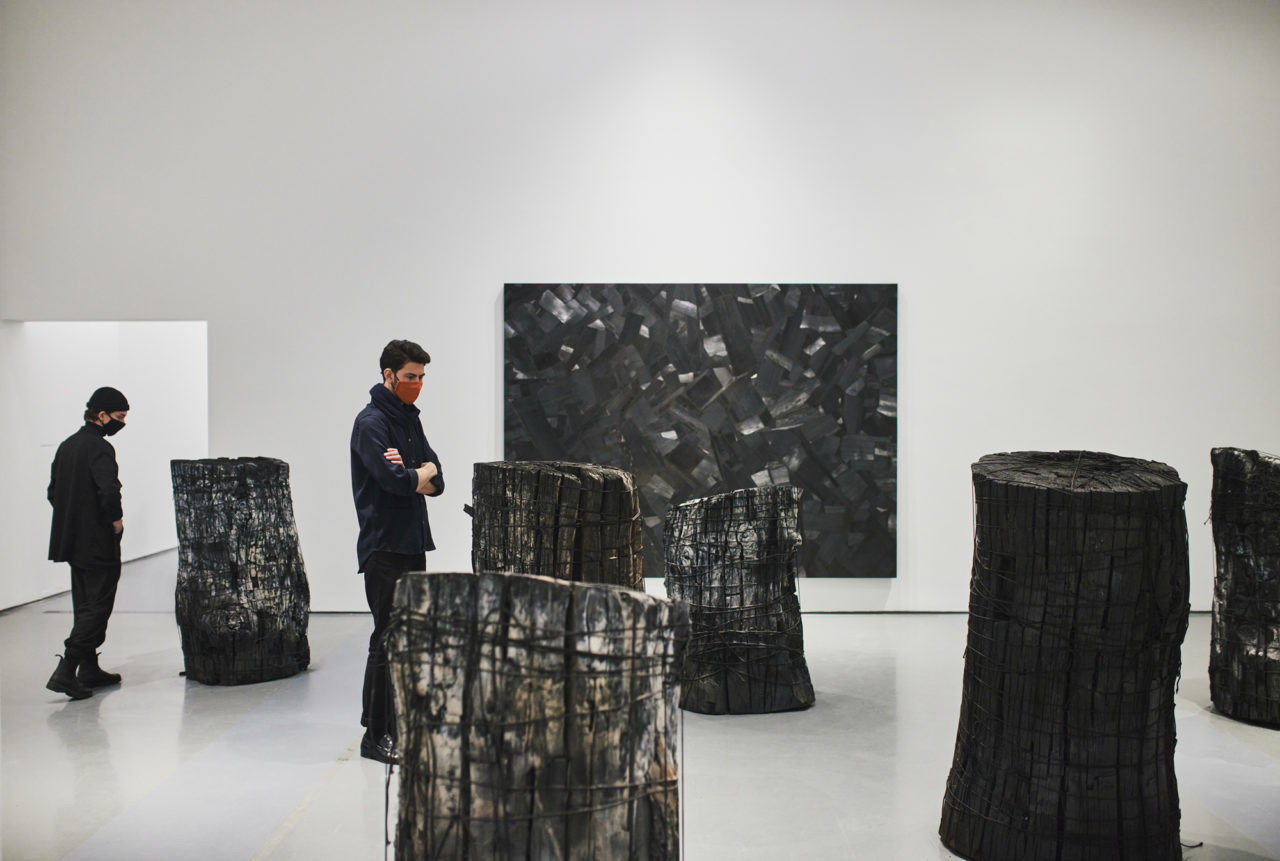
Each human is a heterogeneous compound of wonderfully vibrant, dangerously vibrant, matter. If matter itself is lively, then not only is the difference between subjects and objects minimized, but the status of the shared materiality of all things is elevated […] And in a knotted world of vibrant matter, to harm one section of the web may very well be to harm oneself.
– Jane Bennett [1]
Lee Bae creates forests of pine trees from his hometown, Cheongdo, in South Korea, through his Issu de feu installations. After the artist carefully selects the trees, they are transformed into charcoal in large ovens that were made specifically for this purpose. The materiality of wood thus holds within itself the elemental force of fire: first, it comes from fire, as it changed from its initial state of wood to a carbonised matter; and then it is revived by fire to serve as combustible energy. In order to develop our ecological conscience, we must first cultivate significant sensorial contact with the forest. Lee Bae’s carbonized pine forest offers us a profound and complex connection to nature. What is the relationship that his forest allows us to enter into? What is it communicating to us?
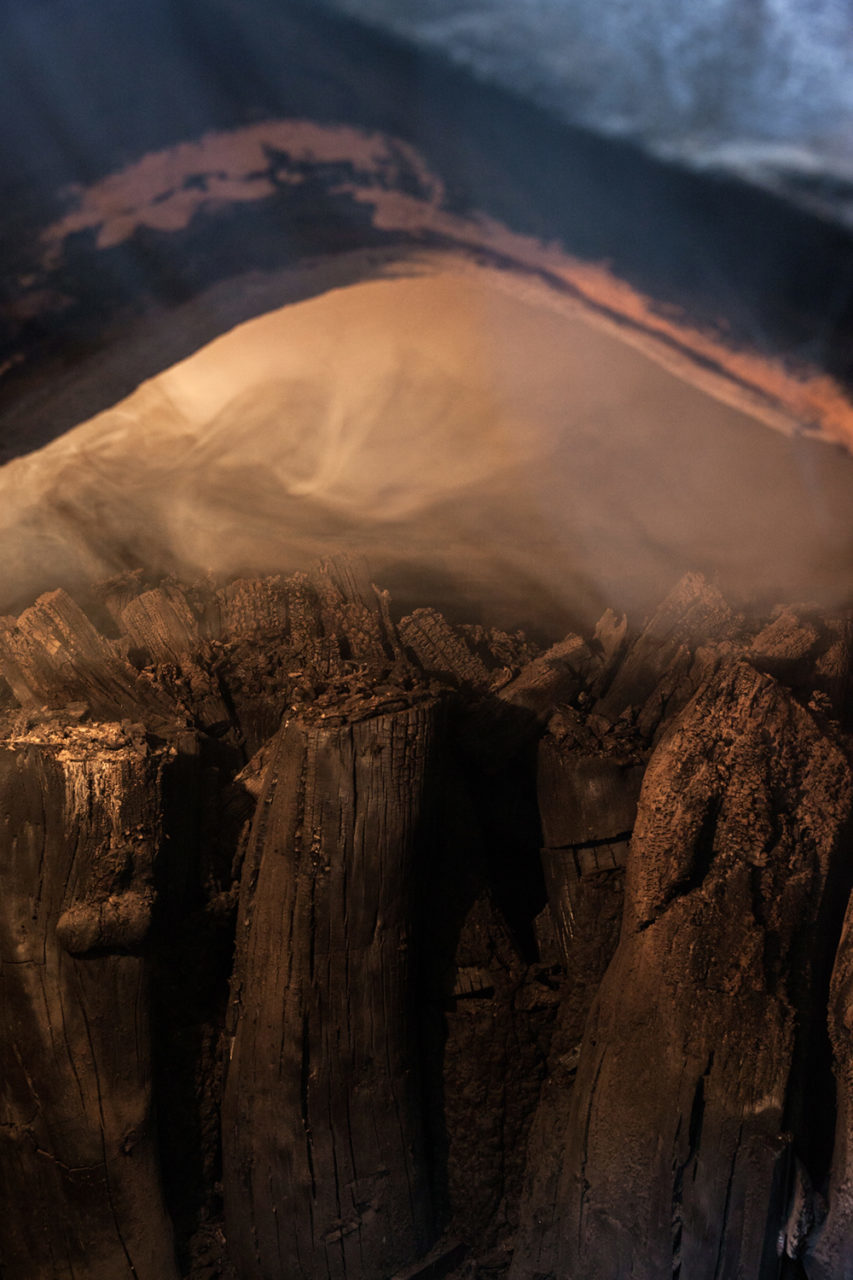
1- A CONNECTION TO BURNT FORESTS
If we consider the ecological scope of the charcoal tree trunks in Issu de feu, images of burning forests come to mind—most particularly, the burning of the Amazon forests, “the lungs of the Earth,” in summer 2019. Events such as these remind us that the destruction of forest ecosystems at the hands of humans lead to an asphyxiation of all of the elements on the planet. Lee Bae’s Issu de feu allows us to contemplate on destruction and death, but it can also console us, as there is simultaneously an expression of continual life.
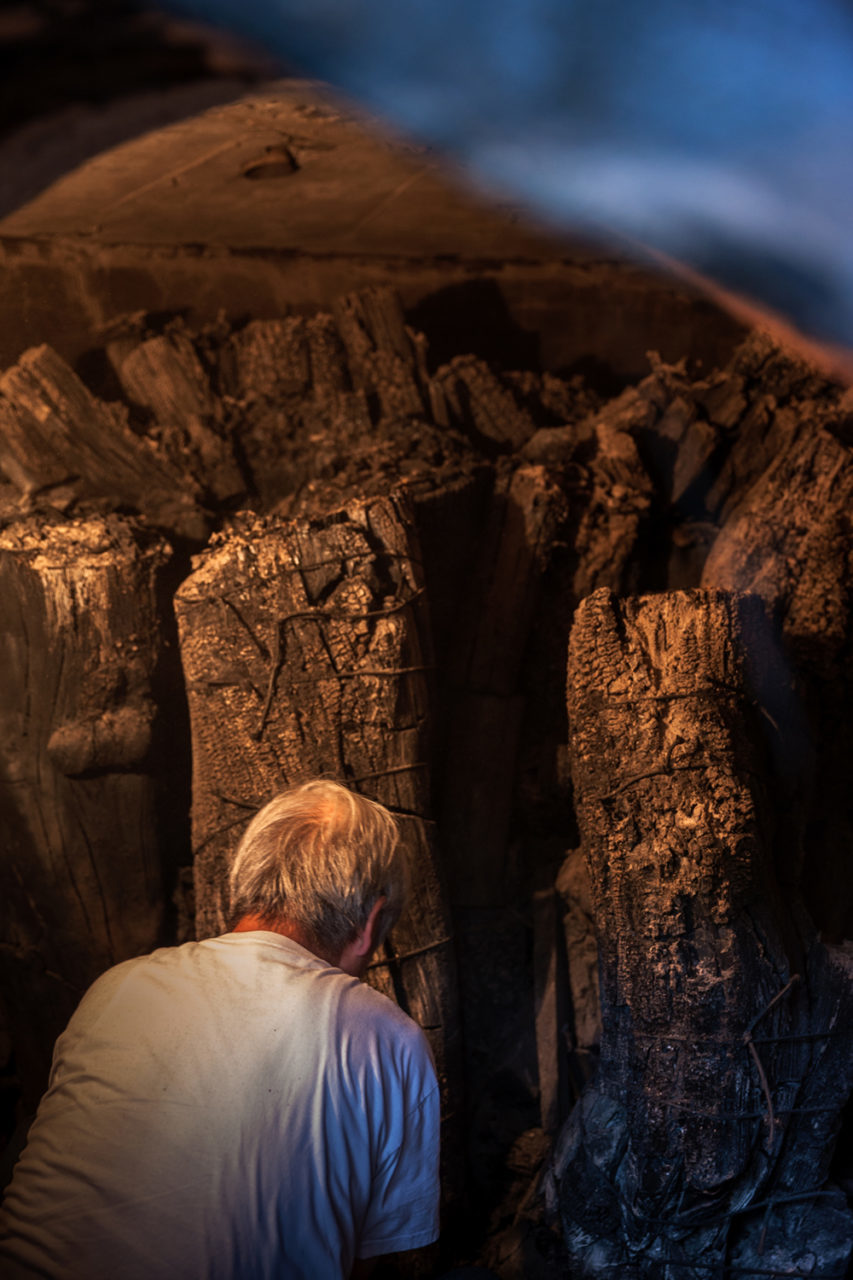
Fire is, after all, a strong regenerative agent for forests. Lee Bae’s charcoal forests constitute the powerful symbol of the cycle of life and death, and of destruction and renewal. For thousands of years, Indigenous peoples have used fire as a way to sustainably manage forest ecosystems. Using their knowledge of the land, they would light small and controlled fires in specific places and only at certain times of the year, when the fires would have beneficial outcomes for the forest. Following this perspective, the element of fire is as essential as wind or rain, and has always been an integral part of the forest’s life cycle. Indigenous peoples recognize the multitude of gifts that the Earth offers us, and that using fire in a measured manner is a way to give back: to help the blueberries grow, to create meadows for the deer, to recreate ideal conditions for young birch trees to grow. [2]
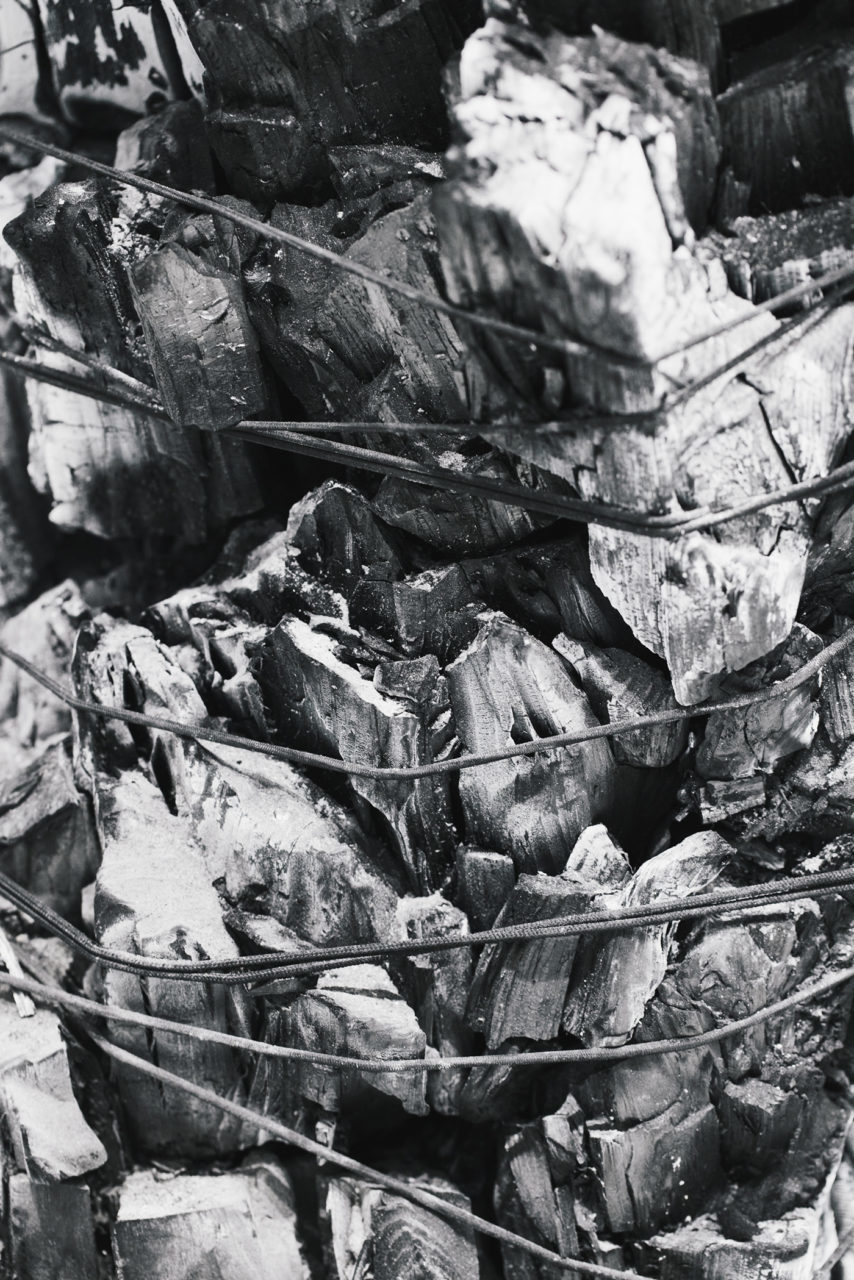
2– A CONNECTION TO THE COMMUNICATION OF TREES
Lee Bae considers every pine tree trunk from his forest to be unique, distinct, and an integral member of an ecosystem whose parts are in constant interaction with each other. Strolling through this black forest, there is indeed a sense of connection to all of the tree trunks, united by carbonization. Our movement in the forest roots us to a profound sensation—a cryptic and underground communication. The wanderer seems to explore both the obscure depths of the Earth as well as its surface, touching the bark and contemplating the growth rings of the wood.
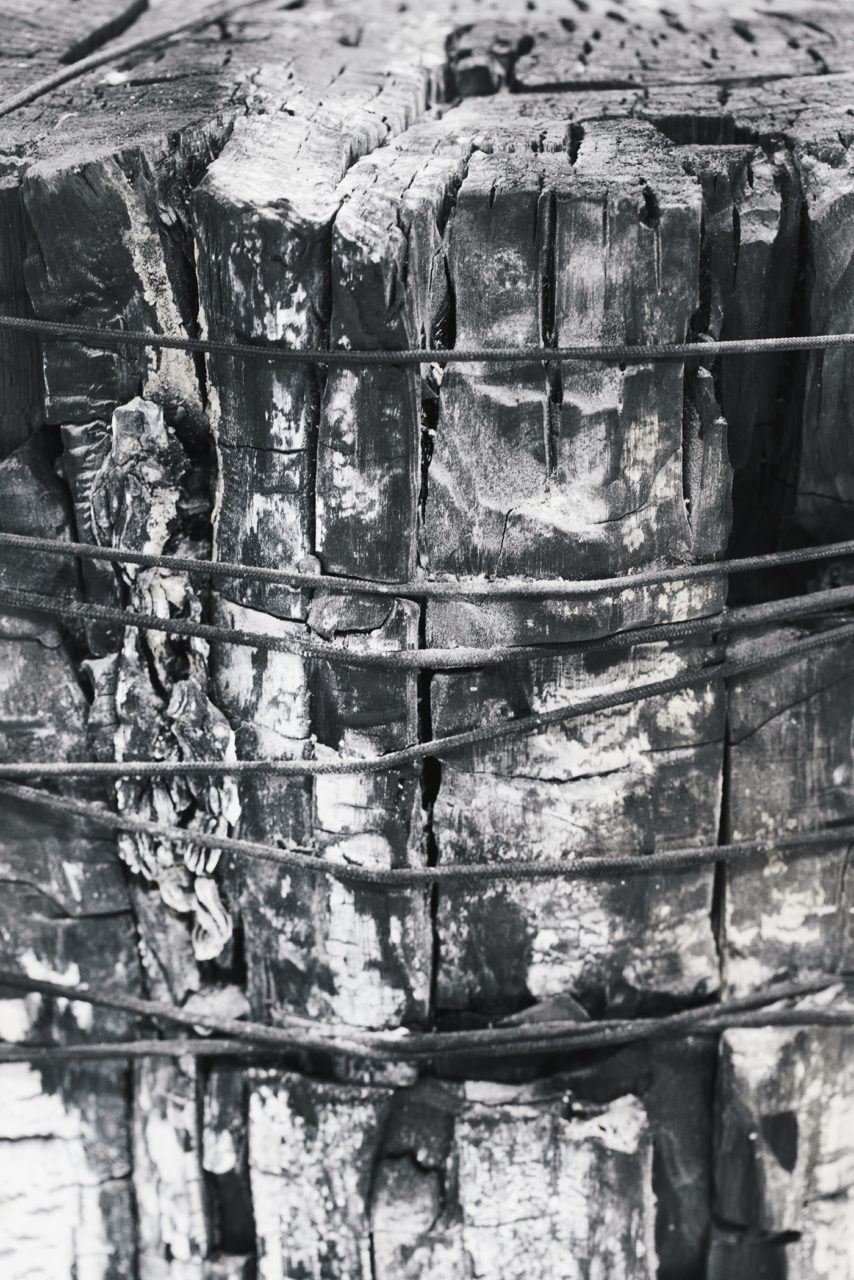
This dimension of Lee Bae’s forest evokes the research of Suzanne Simard, professor of forest ecology, who has dedicated her life to proving that the forest is much more than a simple collection of trees. While the majority of researchers in the field traditionally thought of trees in the same forest as separate entities, Simard has been able to verify that the contrary is in fact true by studying their communication systems. Her research shows that ancient forests are not merely a grouping of single organisms that tolerate or compete with one another. Quite to the contrary, they are in fact vast and complex societies that communicate with each other. Simard’s research has shown elements of cooperation, negotiation, reciprocity and even altruism in the forest. Underground, tree roots and mushrooms form partnerships that are called “mycorrhizas”: it is through these networks that trees from the same forest communicate with one another in vast and sophisticated ways. [3]
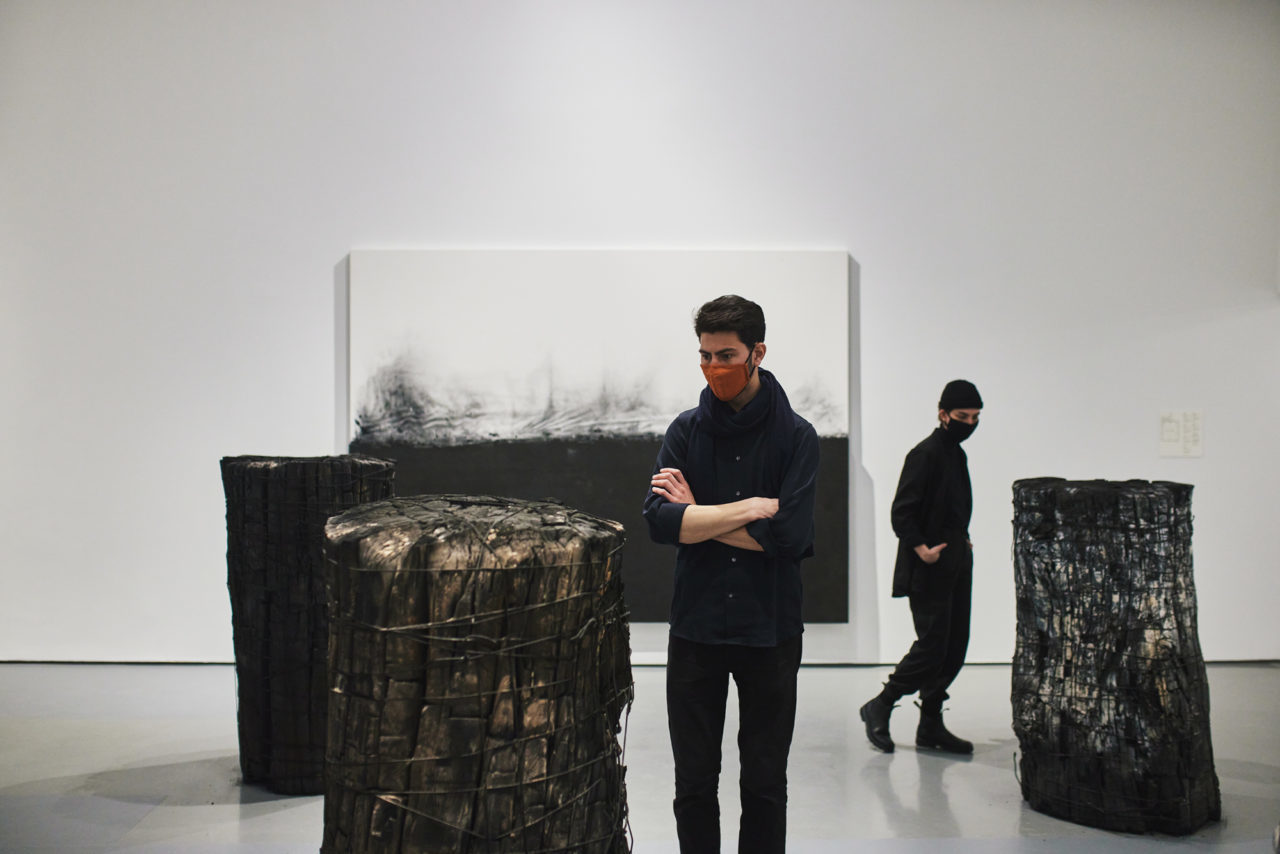
3– A CONNECTION TO THE SPIRITUAL DIMENSION OF THE FOREST
Through Issu de feu, Lee Bae also offers us a connection to the spiritual dimension of the forest. As we continue our meditative stroll, a sentiment of communion becomes palpable. Lee Bae speaks to the fact that in the past, Koreans considered the pine tree to be sacred, and referred to it as “the tree of the world” or even “the tree of the cosmos.” [4]
The spiritual aspect of certain ecofeminist platforms evokes the manner in which the sacred can connect us to the Earth and to nature. Ecofeminist thought states that there is a structural link between patriarchal domination and the degradation of ecosystems. Inspired by Indigenous cosmology (among others), ecofeminist spirituality is rooted in the concepts of interconnection and community. The Earth is thus considered to be a living entity that we are a part of, and that incarnates the principle of life that we wrongly attribute to a transcendental entity, disembodied and beyond the realm of the here and now. “This holistic vision allows us to see that all relationships between living beings are interconnected: the degradation of nature cannot be separated from the social, nor the political. Everything that affects one species in particular touches the entirety of life on Earth.” [5]
The three sections of this article offer pathways of reflection that explore different aspects of Lee Bae’s forest ecologies. Choose one to deepen your understanding. What additional knowledge have you gained on the subject?
[1] Bennett, Jane. Vibrant Matter: A Political Ecology of Things. Durham, Duke University Press, 2010, 13. Reformulation et traduction de la citation d’origine.
[2] Wall Kimmerer, Robin. “Shkitagen: People of the Seventh Fire.” In Braiding Sweetgrass, 362-363. Minneapolis: Milkweed Editions, 2013.
[3] Jabr, Ferris. “The Social Life of Forests.” New York Times. 4 décembre 2020.
[4] Sim, Eunlog. “Ma mémoire externe.” Dans Lee Bae. Plus de lumière, 40. Saint-Paul de Vence: Fondation Maeght, 2018.
[5] Casselot, Marie-Anne. “Cartographie de l’écoféminisme.” In Faire partie du monde. Réflexions écoféministes, 23. Montréal: Les Éditions du remue-ménage, 2017.
Movements is a tool designed by the PHI Foundation's education team to encourage in-depth explorations of key concepts evoked by the works presented in our exhibition Lee Bae: UNION. By highlighting points of conceptual departure, Movements intends to inspire dialogue about the exhibition and encourage visitors to elaborate on the proposed themes through their personal interpretations and reflections. Over time, these concepts are subsequently enriched as they inform new contributions to our evolving conversations about art.
Author: Marie-Hélène Lemaire
Marie-Hélène Lemaire is Head of Education at the PHI Foundation for Contemporary Art. She holds a Ph.D. in Communications Studies at Concordia University that focuses on developing a movement-based pedagogy for guided group visits in contemporary art exhibitions. Using a feminist pedagogy of embodiment, new materialist and poetic inquiry approaches, she aims to privilege and validate sensorial, sensuous and affective engagements with contemporary art. She has published in The Journal of Museum Education (2021), the Canadian Review of Art Education (2021), and Muséologies (2018). She also nurtures a poetic writing practice for developing, facilitating, and interpreting curricula for guided visits, as well as to express her own personal aesthetic engagements. She is committed to epistemic justice in the arts.

Foundation
Gathering over forty recent works, DHC/ART’s inaugural exhibition by conceptual artist Marc Quinn is the largest ever mounted in North America and the artist’s first solo show in Canada
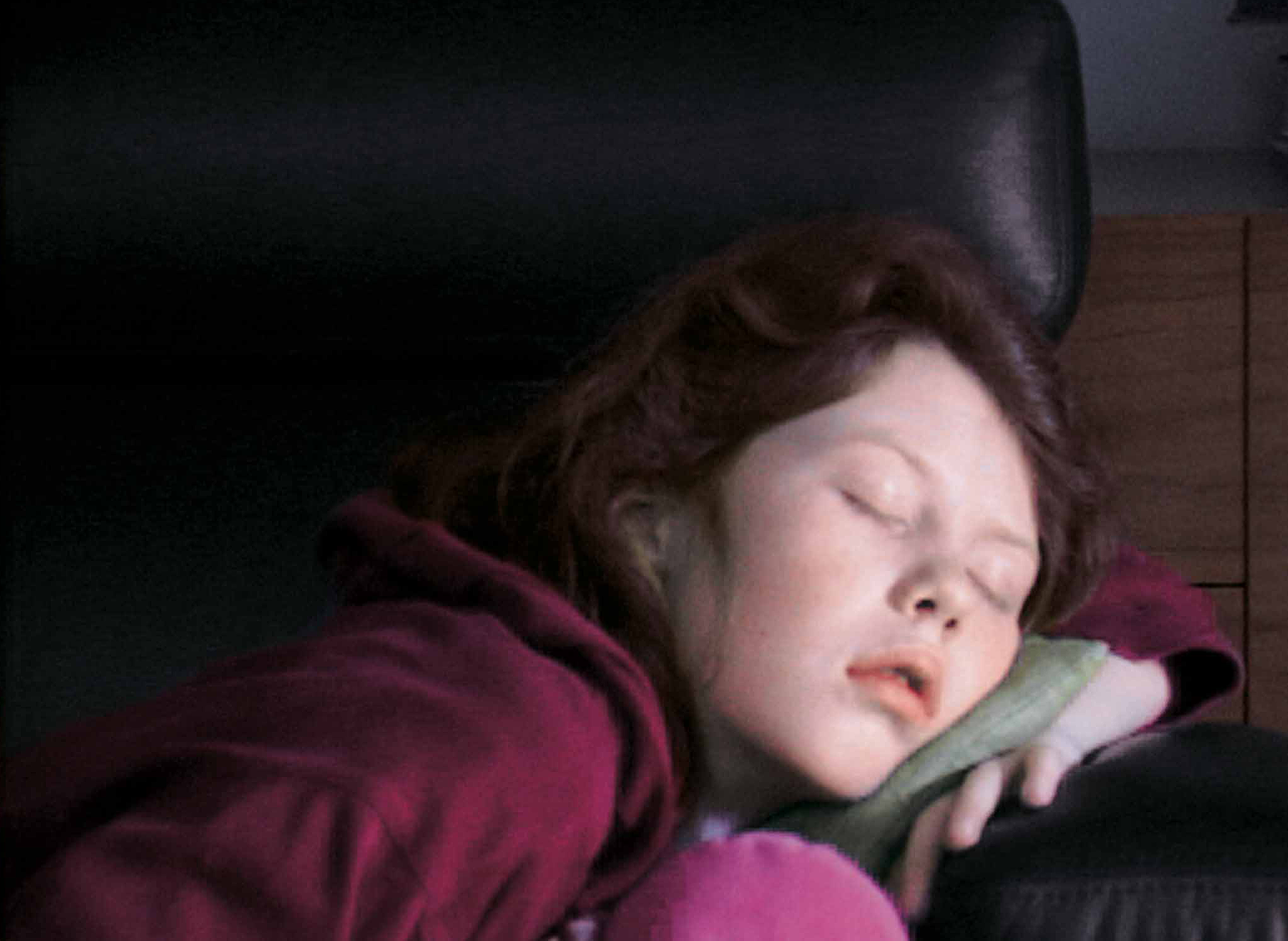
Foundation
Six artists present works that in some way critically re-stage films, media spectacles, popular culture and, in one case, private moments of daily life
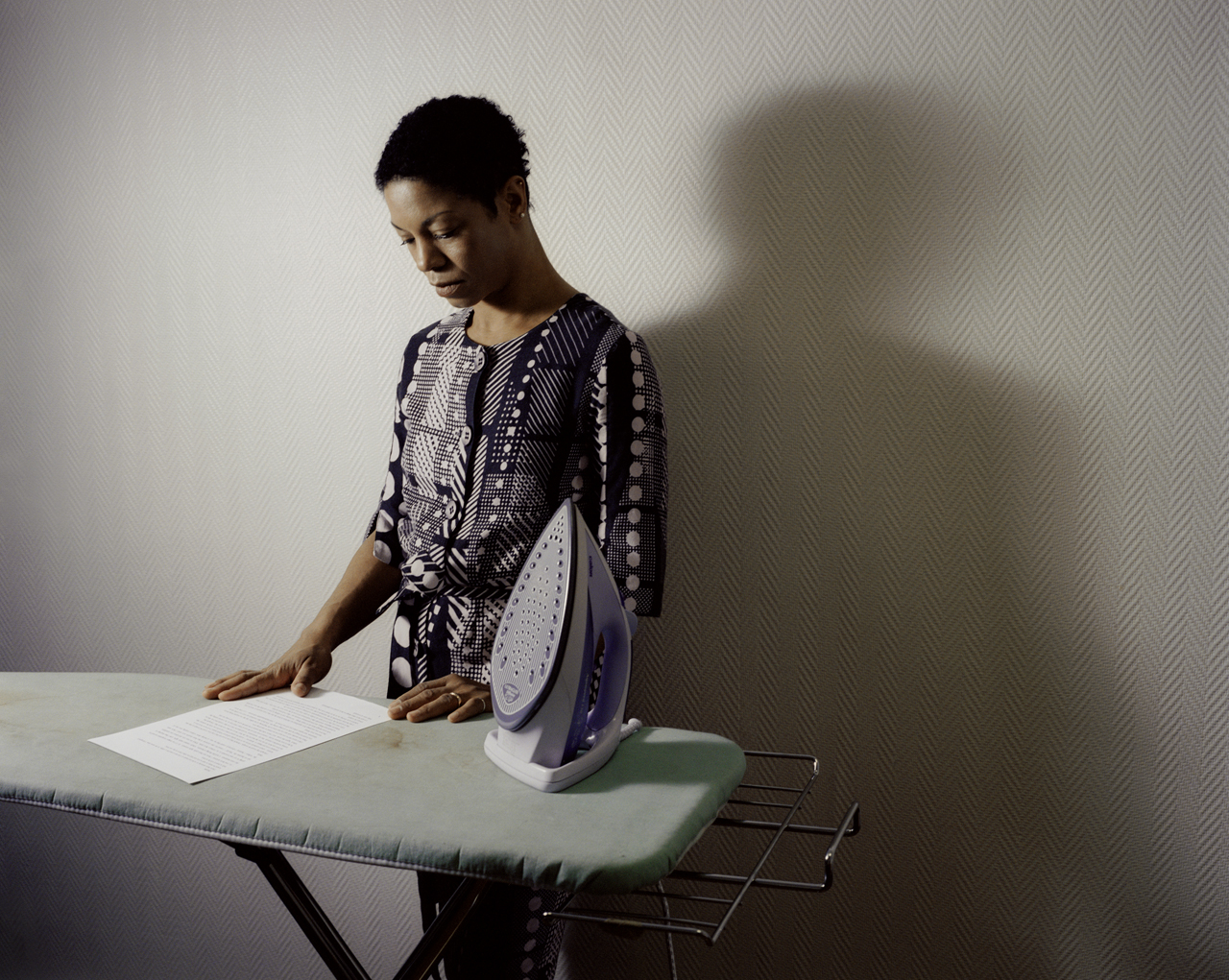
Foundation
This poetic and often touching project speaks to us all about our relation to the loved one

Foundation
DHC/ART Foundation for Contemporary Art is pleased to present the North American premiere of Christian Marclay’s Replay, a major exhibition gathering works in video by the internationally acclaimed artist
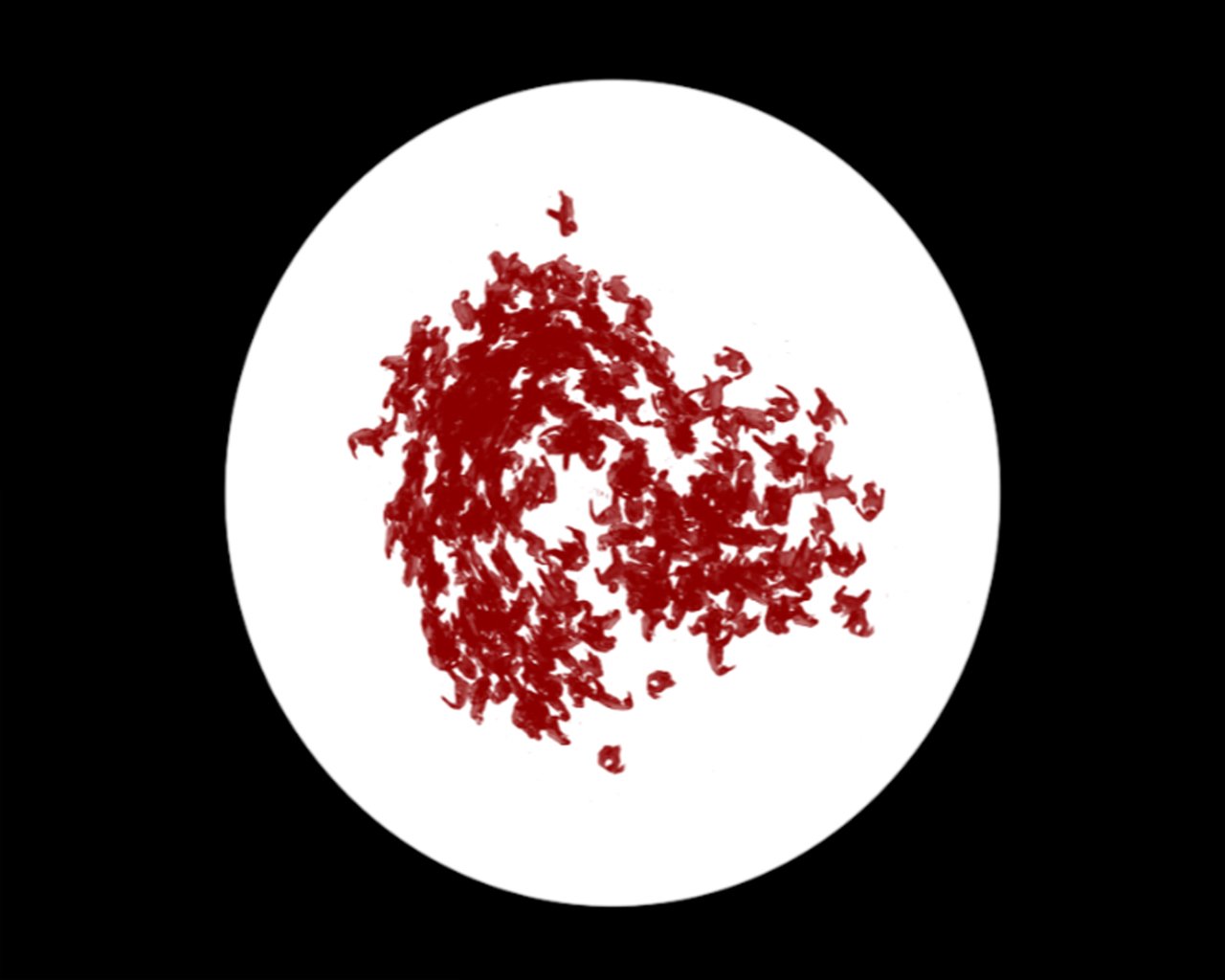
Foundation
DHC/ART is pleased to present Particles of Reality, the first solo exhibition in Canada of the celebrated Israeli artist Michal Rovner, who divides her time between New York City and a farm in Israel
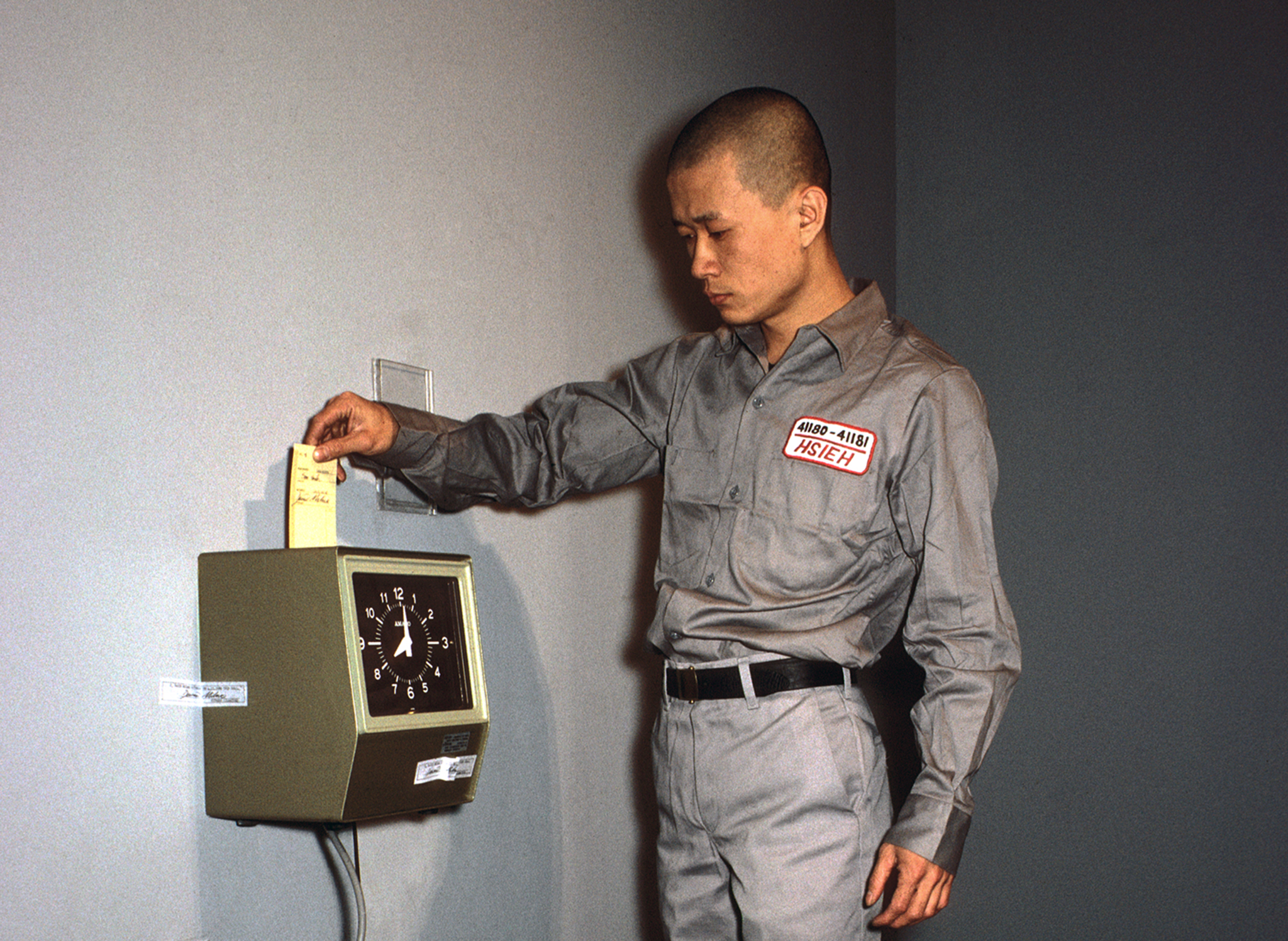
Foundation
The inaugural DHC Session exhibition, Living Time, brings together selected documentation of renowned Taiwanese-American performance artist Tehching Hsieh’s One Year Performances and the films of young Dutch artist, Guido van der Werve
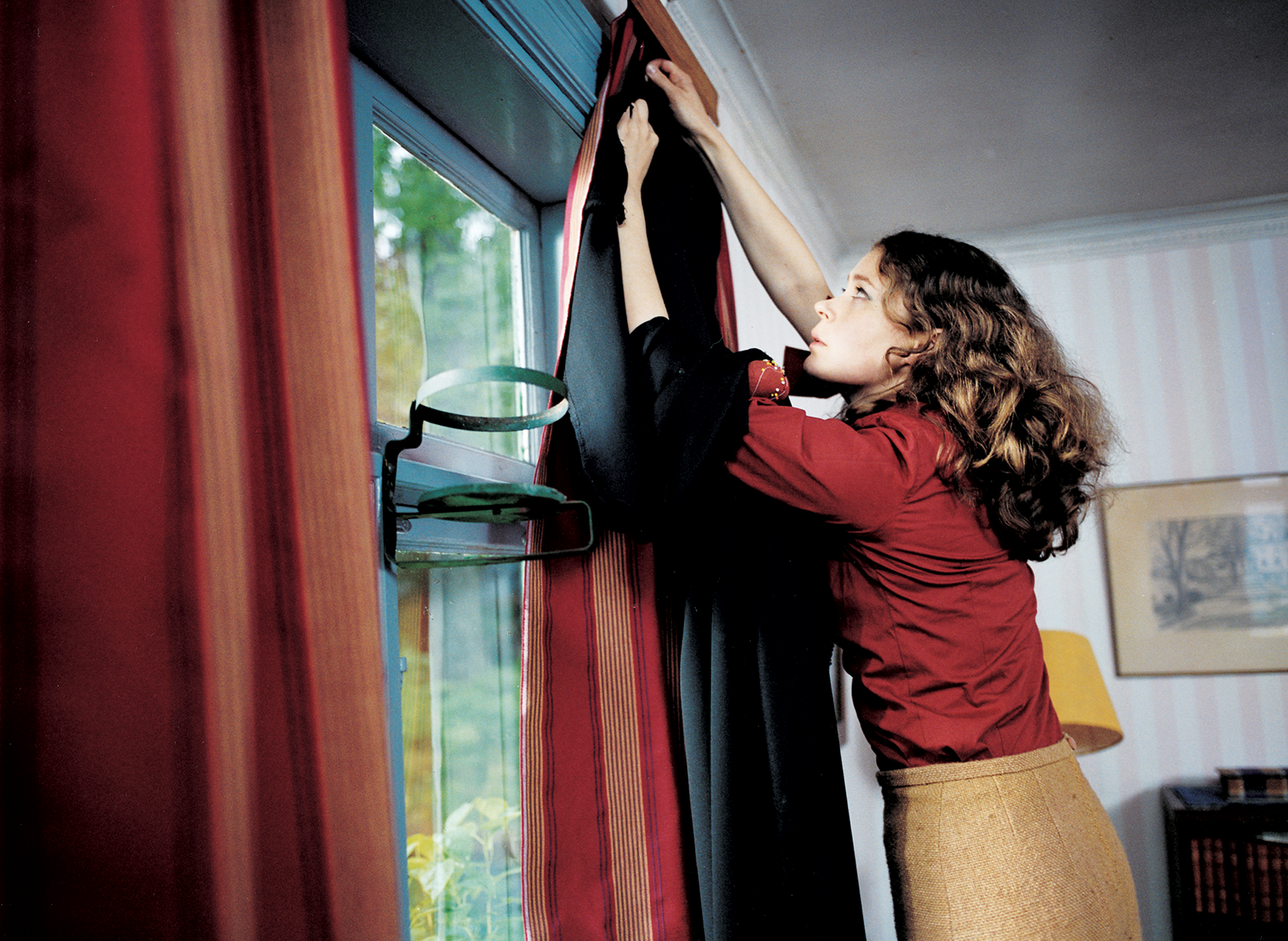
Foundation
Eija-Liisa Ahtila’s film installations experiment with narrative storytelling, creating extraordinary tales out of ordinary human experiences
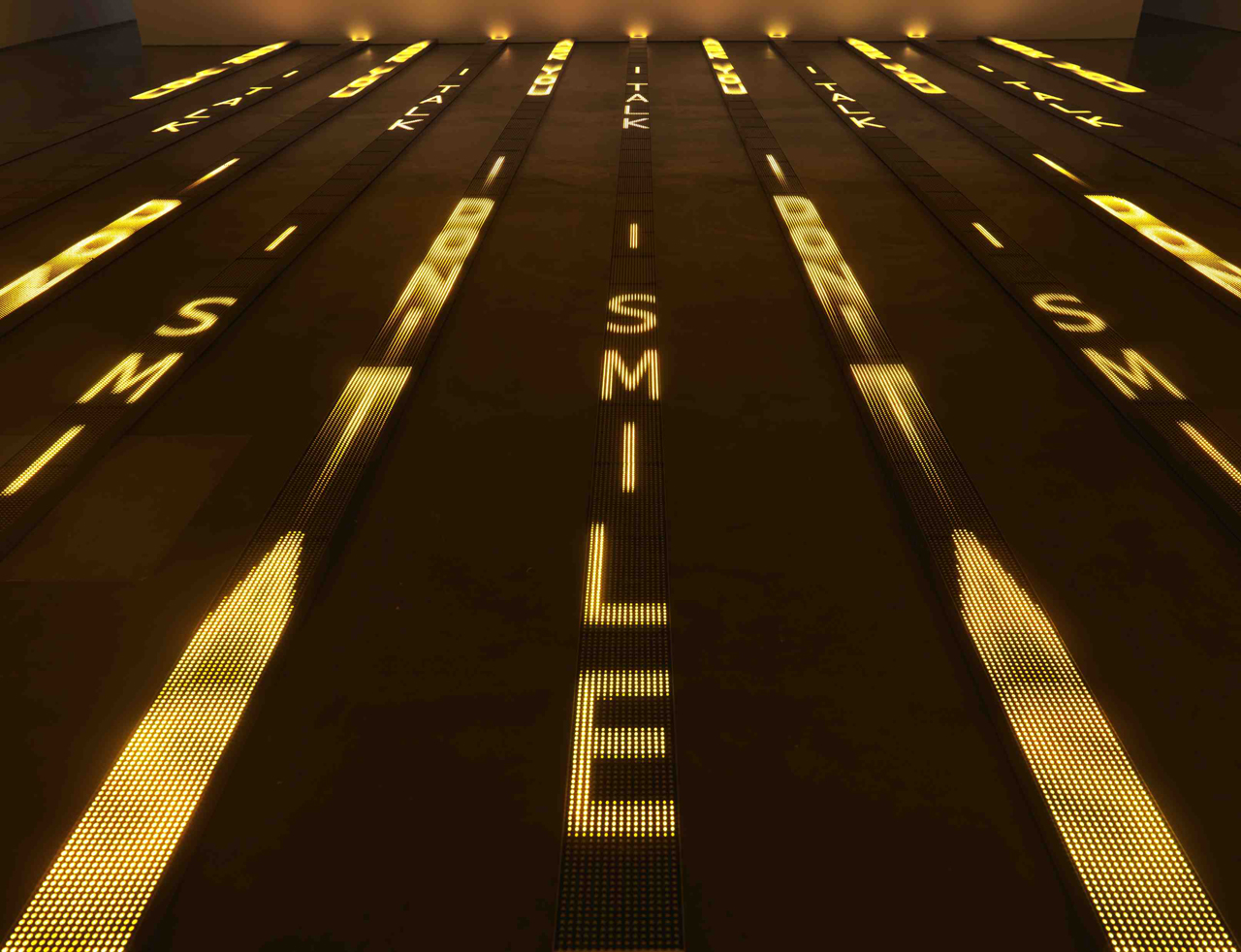
Foundation
For more than thirty years, Jenny Holzer’s work has paired text and installation to examine personal and social realities